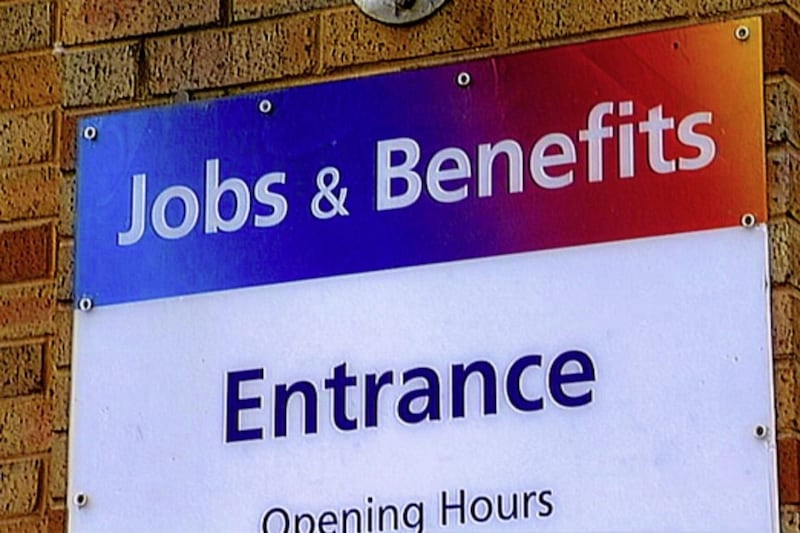Wage growth has slowed to its lowest level for over two years, boosting hopes that interest rates will be cut again next month.
Official figures showed that average regular earnings growth eased back to 4.9% in the three months to July, down from 5.1% in the previous three months.
This marked the lowest level since the three months to June 2022, according to the Office for National Statistics (ONS).
Experts said the slowdown in wage growth reinforces expectations that the Bank of England will cut rates again when it next decides in November, with most pencilling in a reduction to 4.75% from 5% currently.
Pay growth has fallen sharply after hitting a record high of nearly 8% in summer 2023, although it continues to outstrip inflation, rising by 2.6% in the three months to August with the Consumer Prices Index (CPI) taken into account.

Rob Wood, chief UK economist at Pantheon Macroeconomics, said “slowing wages make a November rate cut a slam dunk”.
“A 25 basis point November Bank Rate cut is a racing certainty based on pay growth weakening, but we think the Monetary Policy Committee (MPC) will cut rates only once a quarter after that as the labour market remains tight, even if it is easing,” he said.
The fall in wage growth came alongside figures also signalling further weakness in the jobs market, which is seen helping convince the Bank that inflation pressures are easing in the UK.

The ONS data showed vacancies dropping by 34,000 to 841,000 in the quarter to September, which is the lowest level since March to May 2021, while workers on UK payrolls also fell by 15,000 in September to 30.3 million after a revised 35,000 drop in August.
However, the UK unemployment rate unexpectedly eased back to 4% in the three months to August, down from 4.1% in the previous quarter, though the ONS said the estimate should be treated with caution given responses to its jobs survey.
There was a 373,000 jump in employment – the largest since records began in 1971 – taking the total number in work to 33.4 million in the quarter to August.
David Freeman, head of the ONS labour market and household division, said: “Over the last three months the number of people on payrolls has stayed broadly flat.
“The labour force survey shows a different picture and we would advise caution when interpreting changes in these data while we continue to improve survey responses.
“Vacancies have fallen once more, with most industries seeing a fall on the quarter.”

Official figures on Wednesday are also expected to show inflation falling sharply in September, with most economists forecasting a drop to 1.9% from 2.2% in August thanks to falling fuel prices in another boost to rate cut hopes.
Bank governor Andrew Bailey also recently fuelled expectations of a November rate reduction when he said cuts could become “more aggressive”.
But the Resolution Foundation think tank warned the jobs market weakness could spell the end of big pay hikes.
Charlie McCurdy, economist at the Resolution Foundation, said: “The jobs market continues to soften… this softening means that wage rises are also starting to weaken.
“Should these labour market trends continue, Britain’s brief era of healthy pay growth could soon end.”









